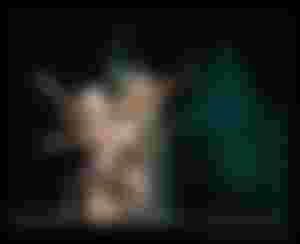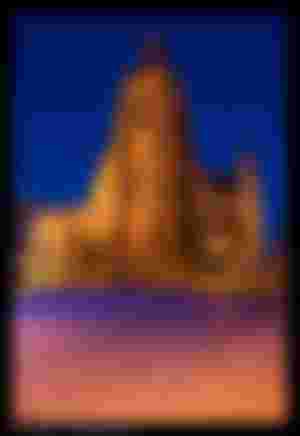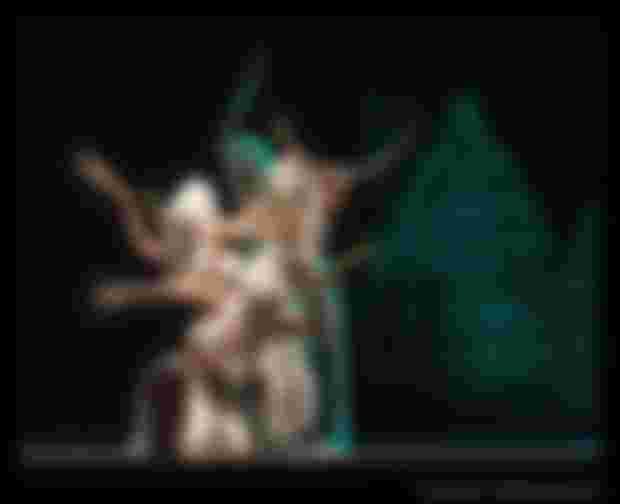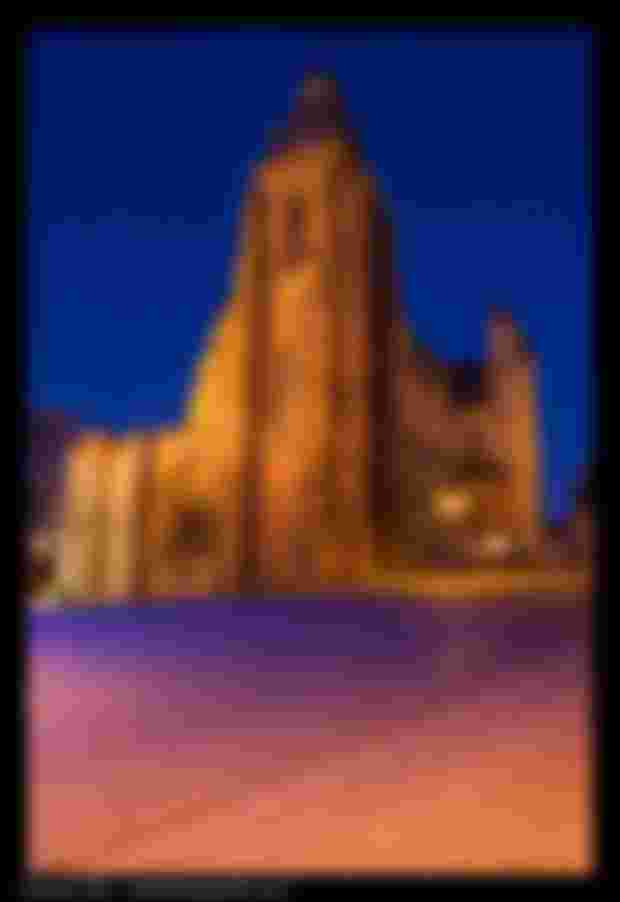
Most of the people blame the high ISO as the main reason why the image quality deteriorates due to the appearance of noise (dots that obscure details).
It is true that if our camera's ISO setting is high, the image quality is reduced. But if you think about it, really, high ISO is just the result. The real reason is that the aperture setting (F-stop) and shutter speed are not optimal.
If we choose a small aperture, such as f / 8-16, the light will automatically enter a little and force the ISO to be high when shooting. Likewise, if we choose a shutter speed, if it is too fast like 1/1000, the light will automatically enter a little and force the ISO to go up to get a bright photo.
So, the best way to optimize camera settings in low light conditions is to choose the right aperture and shutter speed. For optimal aperture, we can choose the one according to the required sharp space.
When shooting a scene where the distance to the subject is not much different, for example, the subject is far away such as mountains, we can use an aperture of f / 4 - f / 5.6, not necessarily up to f / 8-16.
The camera format used also needs to be considered in choosing the optimal aperture during dark light conditions. If you use a small format sensor camera such as 1 inch, four thirds, then a relatively large aperture like f / 1.4-f / 2.8 is enough to get a sharp view.

Whereas in the full frame format, the depth of field is thinner, so photographers have to be more careful in choosing openings to get sharp results.
On the other hand, it's best to choose a shutter that's not too fast if you don't need it. To freeze the movement of fast-moving subjects such as sports or wildlife activities, of course, a relatively fast shutter speed is needed, which is about 1/500-1 / 1000 seconds.
But if you are photographing a stationary subject, such as a landscape, architecture, or a portrait of a relatively still person, then the shutter speed you choose may be adjusted according to the focal length of the lens you do. If the focal length of the lens we use is 50mm, then at least we have to use a 1 / focal length lens, in this case 1/50 second, ideally to 1/80 second, so that the photo is sharper.
Today, stabilizers are commonly found in various lenses or inside cameras. If you have this feature, we can take advantage of this feature to stabilize the image when shooting with a slow shutter speed. In general, I share the shutter speed denominator with 4. For example it should be 1/80 second, I can use 1/20 second if the stabilizer is on. The method for getting 1/20 is 80 divided by 4.
The thing to remember is, if using a camera with an APS-C or four thirds format, we need to multiply the focal length of the lens by a multiplier factor (1.5x, 1.6x or 2x) to get a focal length equivalent to the focal length of the full frame format.
But this is not a straightforward calculation, because everyone has a different way of handling the camera, some are more stable, some are less, if we realize that our hands are less stable, then it should be compensated for by a higher shutter speed than it should be.
The use of tools such as a tripod will be very helpful when shooting in dark conditions, the reason is that we can use a slow shutter to get enough light. But it should be noted that a tripod is not very useful for photographing moving subjects. One more additional tool that can help is a flash or LED light. Unlike a tripod, additional lighting can be used to freeze moving subjects as well.
Conclusion
To produce optimal photos in dark conditions, the most important thing is to determine the optimal aperture and shutter speed. The optimal aperture is an aperture that is suitable for the sharp space of the scene you want to produce, and the shutter speed you choose should not exceed your needs too quickly.
By selecting the optimal aperture and shutter speed, we can get the lowest possible ISO value so that the resulting photo has the best image quality.
Thanks For Support
Don`t Forget Subscribe
Ig : Muhamadrevan_

